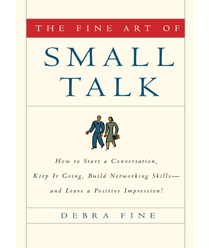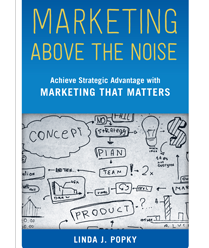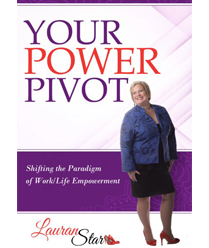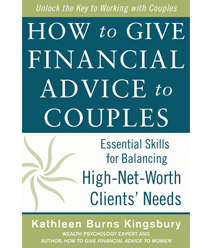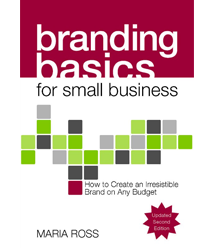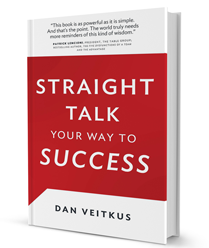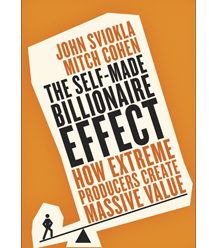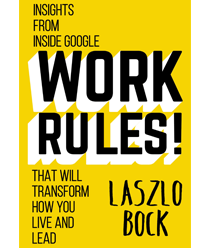Marketing today is out of control. With all the new marketing techniques accessible to the masses, it’s becoming harder and harder to stand out from the crowd. The result is more and more messages, hitting us more often in new and more intrusive ways. For customers, it’s a lot of noise.
Through her work with a wide range of organizations from small companies to professional service providers to Fortune 500 companies, Linda Popky has developed Dynamic Market Leverage™, an approach to help cut through the clutter, stand out, and effectively build business.
Marketing Above the Noise takes a contrarian approach by not focusing on social media, digital marketing, or other new tactics, and instead helping organizations understand:
- -The critical upfront work needed to really understand customers, markets and unmet needs
- -The value of consistent, focused messaging
- -Why empowering employees to effectively represent the brand is so critical
- -How to thrive in an age of user-generated content and customer driven marketing
Why it’s key not to confuse selling with installing
The book introduces the Dynamic Market Leverage Model, which measures marketing clout by looking at eight core marketing disciplines and five additional Leverage Factors that can help an organization focus on key aspects of their marketing function that will provide the most significant return on their marketing investment.
Today’s businesses need to stop trying to keep pace with the latest and greatest marketing tactics and instead focus on developing those long term strategies that build customer loyalty and convince prospects to buy. Yes, businesses need to be aware of and integrate new media and new approaches, but they need to do it in a way that makes sense for the business. They need to maintain a clear focus above the din of the roaring crowd—above the marketing fray.
Most organizations don’t have the luxury of being able to start from a clean slate to develop new marketing strategies. They have existing customers, existing channels and relationships, existing ways of doing business. With limited resources, they’re not able to integrate every new tactic as it appears and they’re not sure how to prioritize all of these options.
What’s needed is a timeless framework—a way of looking at marketing as tied to both business growth and the building and nurturing of ongoing customer engagement. It’s time to move the focus from social media and evangelists, sales and marketing alignment, and the latest hot cloud-based marketing tools, to what really counts: convincing customers to trust you with their business—not just once, but time and time again.
